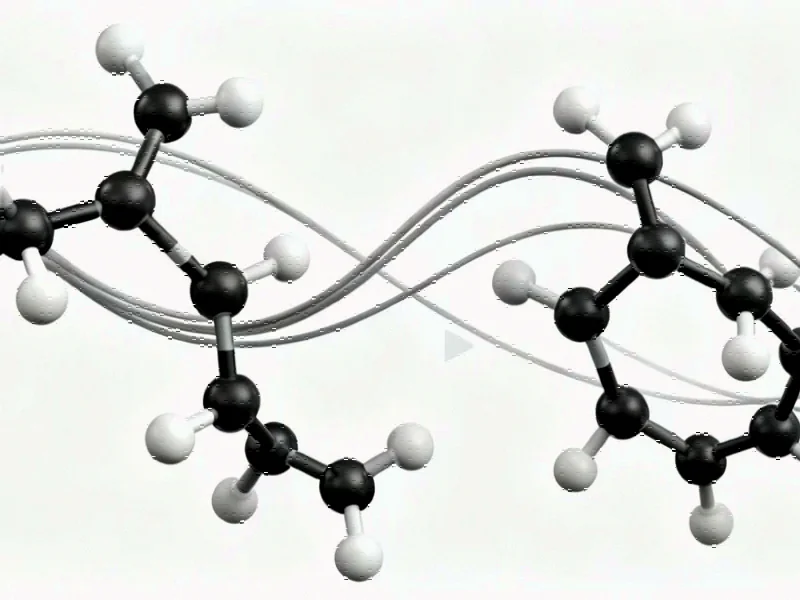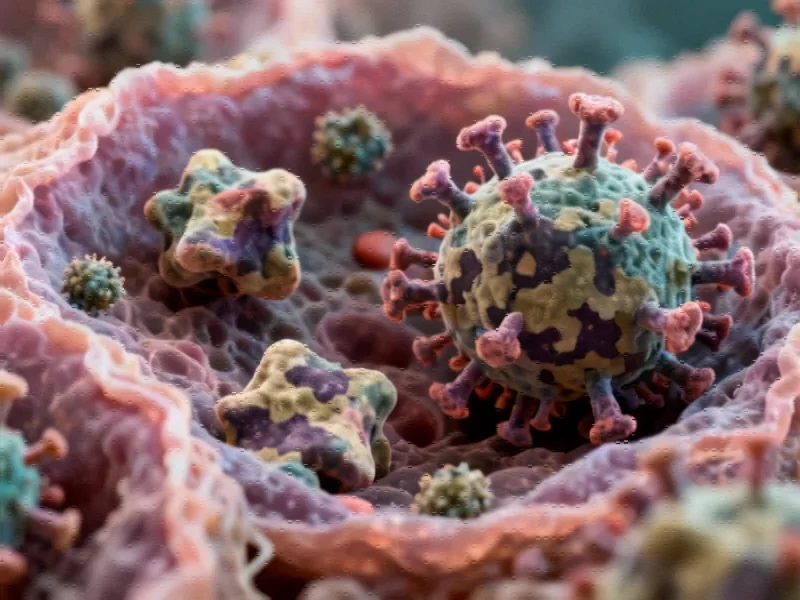Revolutionary Approach to Carbon-Carbon Bond Activation
In a significant advancement for synthetic chemistry, researchers have developed a novel palladium-catalyzed method that enables modular esterification through alkyne-bridging C-C bond activation of unstrained carbonyl compounds. This breakthrough approach transforms readily available feedstock chemicals into valuable, structurally complex products, offering a more sustainable pathway to important chemical building blocks.
The methodology represents a paradigm shift from conventional ester synthesis techniques, which often require multiple steps or specialized reagents. By leveraging palladium catalysis, the team has demonstrated efficient cleavage of strong carbon-carbon bonds in ordinary ketones, esters, and amides – bonds traditionally considered too stable for practical synthetic applications.
Overcoming Historical Challenges in Bond Cleavage
The key innovation lies in addressing three fundamental challenges that have long hindered progress in this field. First, the system achieves regioselective intermolecular insertion of unsymmetrical alkynes, a feat that requires precise control over reaction pathways. Second, the method favors the unusual 6-endo-trig cyclization over the typically preferred 5-exo-trig pathway. Most impressively, it accomplishes selective cleavage of unstrained C(acyl)-C σ-bonds despite their characteristically high dissociation energies.
This development comes amid broader breakthrough chemical method unlocks efficient syn innovations across the chemical industry, highlighting how fundamental research continues to drive practical applications.
Mechanistic Insights and Design Principles
The strategic incorporation of an ortho-phenol moiety in the alkyne component serves multiple crucial functions: directing regioselective alkyne insertion, facilitating subsequent C-C bond cleavage, and participating directly in ester bond formation. “The elegance of this system lies in how each component serves multiple purposes,” explained the research team in their Nature Communications publication.
Careful ligand selection proved critical for promoting six-membered ring formation, while aromaticity restoration provided the thermodynamic driving force for β-carbon elimination, enabling the selective C-C cleavage that makes this transformation possible.
Broad Substrate Scope and Practical Applications
The methodology demonstrates remarkable versatility, accommodating diverse 2-alkynylphenols with varying electronic and steric properties. Products were obtained in moderate to high yields (41-98%) across a wide range of substrates, including those bearing electron-withdrawing groups, sterically demanding substituents, and various functional groups.
Particularly noteworthy is the system’s compatibility with aliphatic alkynes bearing sensitive functional groups like chloro, labile THP-ether, silyl ether, and cyclopropyl groups. This functional group tolerance significantly expands the method’s potential applications in complex molecule synthesis.
These chemical innovations parallel industry developments in sustainable technology, where new methodologies are driving efficiency across multiple sectors.
Expanding to Macrocyclic Lactone Synthesis
Building on their success with linear carbonyl compounds, the researchers explored the strategy’s potential for synthesizing medium-to-macrocyclic lactones. By simply varying the ketone ring size, they achieved modular synthesis of 9- to 15-membered lactones – structures that are often challenging to access through conventional methods.
The system accommodated diverse cyclic ketones, including indanone and tetralone derivatives, and demonstrated tolerance for potentially catalyst-poisoning sites containing sulfur and nitrogen atoms. Even bridged bicyclic ketones participated effectively, highlighting the method’s compatibility with complex molecular architectures.
Stereochemical Control and Pharmaceutical Relevance
Recognizing that the alkyne-bridging C-C activation constructs multi-substituted biaryl scaffolds, the team investigated axial chirality control using commercially available chiral ketones. The methodology proved effective with various bioactive chiral ketones, including (D)-camphor, epiandrosterone, and estrone derivatives, affording products as single diastereomers in moderate to high yields.
The successful incorporation of an Isoxepac anti-inflammatory agent motif, yielding pharmaceutically relevant product 8ah in 68% yield, underscores the method’s potential for drug discovery and development. This advancement in chemical synthesis aligns with broader related innovations in materials science and biomedical applications.
Industrial Implications and Future Directions
The feedstock abundance of all starting materials makes this alkyne-bridging C-C activation particularly attractive for industrial applications. Unlike traditional Baeyer-Villiger oxidation, which inserts single oxygen atoms and cannot cleave C-C bonds in esters and amides, this approach introduces modular building blocks at the original C(acyl)-C bond.
This research represents a significant step forward in sustainable chemistry, contributing to the growing portfolio of recent technology advancements that prioritize efficiency and environmental considerations. The bridging C-C bond activation principle may inspire new methodological developments across multiple areas of chemical synthesis.
As the chemical industry continues to evolve, such fundamental research provides crucial building blocks for future innovations. These developments occur alongside broader market trends that emphasize sustainable and efficient manufacturing processes across global supply chains.
The research team anticipates that their alkyne-bridging strategy will find widespread application in both academic and industrial settings, potentially revolutionizing how chemists approach the synthesis of complex esters, lactones, and other valuable compounds.
This article aggregates information from publicly available sources. All trademarks and copyrights belong to their respective owners.
Note: Featured image is for illustrative purposes only and does not represent any specific product, service, or entity mentioned in this article.



